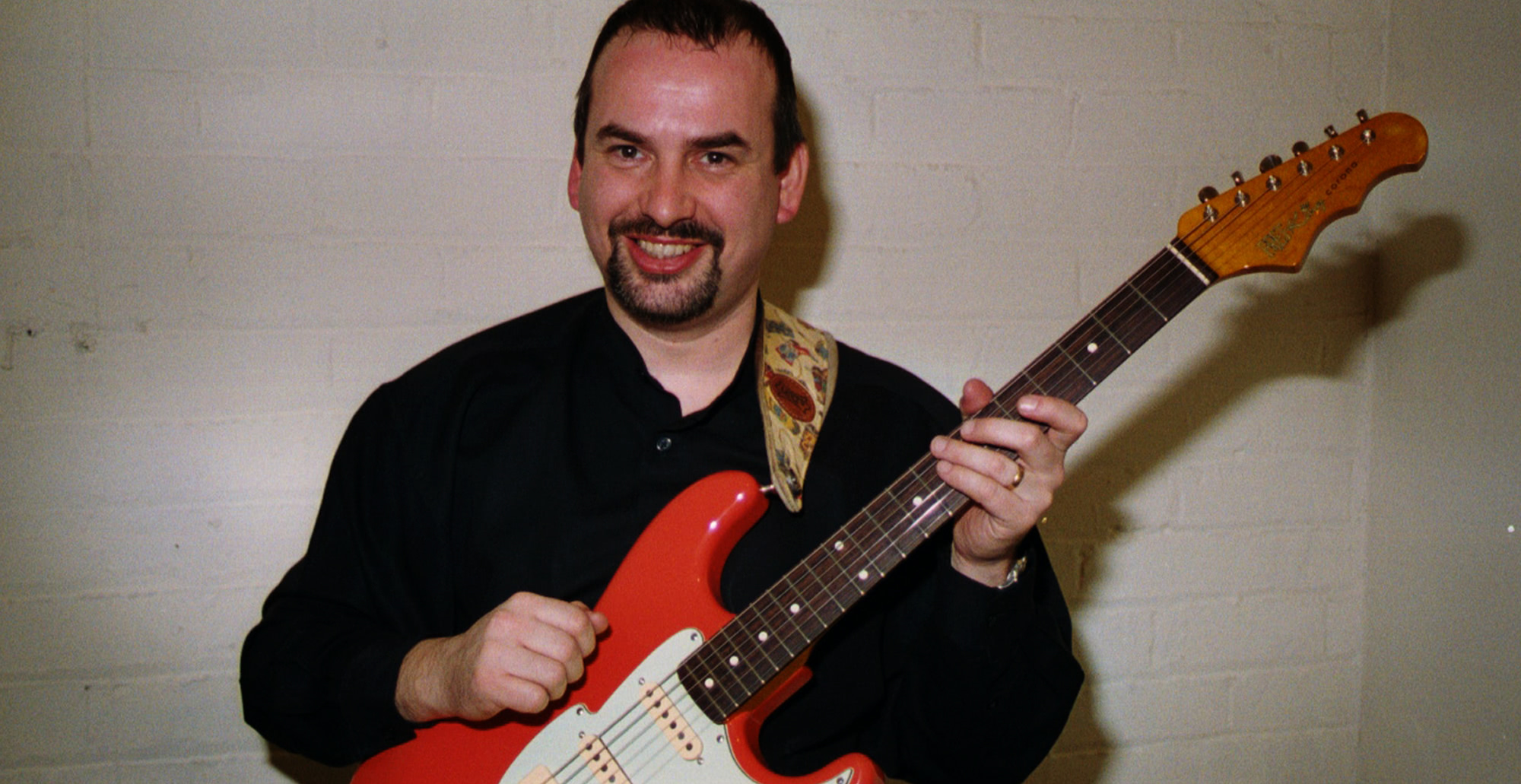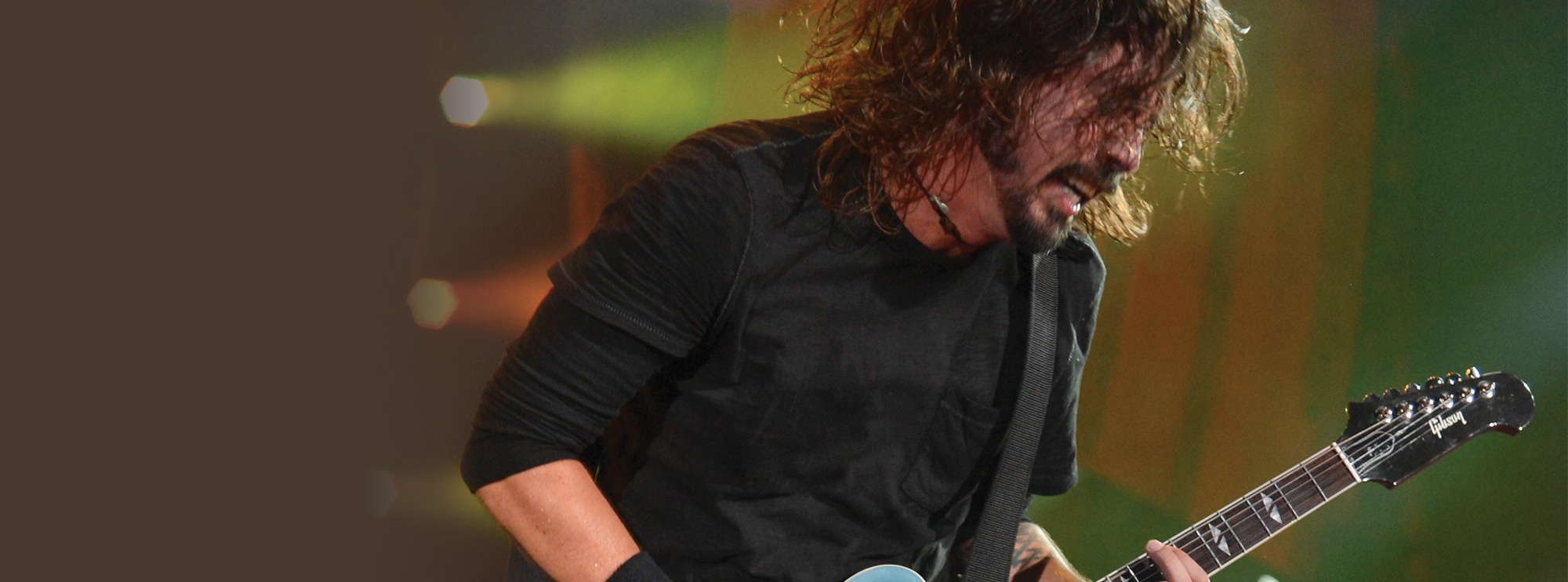My Baby Left Me – Elvis Presley
“My Baby Left Me” is a rock and roll classic made famous by Elvis Presley, originally written and recorded by Arthur Crudup. This high-energy track showcases the raw, rhythmic power of early rockabilly guitar playing, blending blues and country influences into a timeless performance. At LickLibrary.com, our note-for-note guitar lesson dives deep into this iconic song, allowing guitarists to explore its infectious rhythm guitar parts, bluesy leads, and the techniques that shaped the sound of an entire generation. Lee Hodgson breaks down this classic track in this exclusive Lick Library video tutorial.
About the Guitarist
The guitar work on Elvis Presley's version of "My Baby Left Me" is widely attributed to Scotty Moore, one of the most influential guitarists in the history of rock and roll. Moore's pioneering style combined fingerpicking techniques with rockabilly flair, fusing country picking, bluesy bends, and rhythmic chugging into a fresh new sound that would define early rock music. His tasteful licks and dynamic phrasing laid the groundwork for countless guitarists to come, from George Harrison to Brian Setzer. Learning Moore’s parts gives guitarists a direct connection to the roots of modern rock guitar.
Song Breakdown and Techniques Covered
Rhythm Guitar Foundations
At the heart of “My Baby Left Me” lies a steady, driving rhythm guitar part that employs open-string boogie riffs and classic chord progressions. The track swings with an infectious groove, and replicating this feel requires tight timing and rhythmic discipline. This is a fantastic workout for players aiming to strengthen their foundational rhythm chops while learning to lock in with a shuffle groove.
Benefit to the player: Strengthens timing, feel, and understanding of early rock rhythm patterns, essential for both solo and band contexts.
Double Stops and Bluesy Bends
Moore’s soloing features a clever use of double stops and subtle bluesy bends. These techniques add expressiveness and a vocal-like quality to the lead lines, imbuing the solo with character and soul. Mastering these techniques can transform even the simplest phrase into a powerful musical statement.
Benefit to the player: Builds phrasing skills and enhances the ability to express emotion through lead playing.
Slides and Hammer-ons
A crucial part of Moore’s style involves fluid transitions between notes using slides and hammer-ons. These create a smooth, legato feel and keep the solo lines lyrical and connected. Our lesson breaks these movements down step-by-step, showing how to incorporate them into your own improvisation.
Benefit to the player: Develops smooth left-hand movement and connects scale shapes musically, improving soloing flow.
Open String Riffs and Syncopation
Another signature element is the use of open-string riffs that bounce between fretted notes and open strings, creating a rich, resonant sound. The rhythmic pulse of the song also leans on syncopated rhythms, giving the track its lively feel. This is a great way to practice dynamic timing and rhythmic placement.
Benefit to the player: Enhances rhythmic awareness and coordination between picking and fretting hands.
Palm Muting for Percussive Dynamics
Although subtle, palm muting plays a role in achieving the percussive rhythm that drives the song. By selectively muting the strings near the bridge, players can add variation and groove to their rhythm parts. This dynamic control is especially important in rockabilly and early rock styles.
Benefit to the player: Increases control over tone and dynamic expression in rhythm playing.
Classic Barre Chords
The lesson also incorporates barre chords to cover some of the harmony changes with a full-bodied, consistent sound. These movable chord shapes allow for greater flexibility and are a must-know for any guitarist.
Benefit to the player: Builds finger strength and chordal knowledge, opening the door to more advanced rhythm playing.
Why Learn “My Baby Left Me”?
Learning “My Baby Left Me” gives guitarists insight into the roots of rock and roll guitar playing. It’s an ideal study in taste, timing, and tone – all within a relatively accessible structure. Whether you're into rockabilly, blues, or modern rock, the techniques found here are foundational and still highly relevant today. The solo and rhythm parts are full of musical nuances that help players grow in both their technical ability and musicality.
Techniques Used in This Lesson
- Chord Progressions
- Double Stops
- Bluesy Bends
- Slides
- Hammer-ons
- Open-String Riffs
- Syncopated Rhythms
- Palm Muting
- Barre Chords
Would you like a matching video thumbnail description or social media caption for this lesson?

About The Tutor
Tutor Profile
Lee Hodgson
"Lee's contribution here at LickLibrary is a masterclass in classic guitar playing, from Hank Marvin to Simon & Garfunkel, but that certainly isn't the limit of his skills. In reality, Lee is one of the most technically able country guitar players we've ever seen, in fact his book ""Hot Country""...




